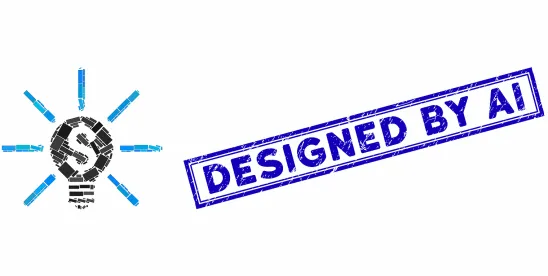CAFC affirms that applying generic machine learning to industry-specific problems is not enough for patent eligibility under §101, reinforcing the importance of how innovations are framed in patent applications — especially in emerging tech like AI.
PDFShare
In a decision with major implications for AI-related patent strategy, the U.S. Court of Appeals for the Federal Circuit (CAFC) held on April 18, 2025 that four patents related to machine learning in live-event scheduling and broadcasting were ineligible under 35 U.S.C. §101. The court affirmed a decision from the U.S. District Court for the District of Delaware, concluding that the innovation merely applied generic machine learning techniques in the data environment for the entertainment industry, without demonstrating any specific technological improvement or inventive concept.
This ruling has significant implications for innovators, businesses, and legal practitioners in the technology and intellectual property fields, particularly those working with machine learning and AI, because it further defines the boundaries of patent eligibility under judicially created exceptions to patent subject matter eligibility.
Background
These exceptions — categories of subject matter that include laws of nature, natural phenomena, and abstract ideas — are not eligible for patent protection. Notably, the “abstract idea” category, which encompasses mathematical formulas and business methods, is often applied against software-implemented inventions. The judiciary and the United States Patent and Trademark Office (USPTO) have ruled that such categories are considered the basic tools of scientific and technological work — which, if patentable, would stifle innovation and restrict access to knowledge.
In considering whether claims are eligible for patent protection, the USPTO or a federal court looks to whether the claims recite more than the subject matter deemed to be within the judicial exception. Under this framework, a claim that recites a judicial exception but also includes additional elements that transform the nature of the claim into a patentable application is typically considered eligible.
Notably, although the CAFC stated that “[m]achine learning is a burgeoning and increasingly important field and may lead to patent-eligible improvements in technology,” patents that “do no more than claim the application of generic machine learning to new data environments, without disclosing improvements to the machine learning models to be applied,” are nevertheless “patent ineligible under § 101.”
Still, it is worth noting that patent owner repeatedly conceded that it was not claiming machine learning itself. Thus, the ruling highlights that application of known machine learning techniques to new contexts will not constitute a patent-eligible invention unless the claims disclose specific improvements to the machine learning technique itself. Such an approach is a further extension of the Supreme Court rulings of Alice Corp. v. CLS Bank International and Mayo v. Prometheus Labs, in that it effectively limits the eligibility analysis to a determination of how machine learning itself is improved rather than the use of machine learning to build systems and methodologies to address technological problems in particular industrial applications.
Implications and Takeaways
The USPTO’s most recent patent eligibility guidance examples are fairly aligned with the CAFC’s recent decision. However, it remains to be seen whether such an approach effectively serves the underlying goal of enabling free use of known “basic tools” such as machine learning technology.
As a result, patent applicants should understand and anticipate that patent eligibility will hinge on both how an innovation is framed in the application text as well as the underlying technology used to generate that innovation.



 />i
/>i

